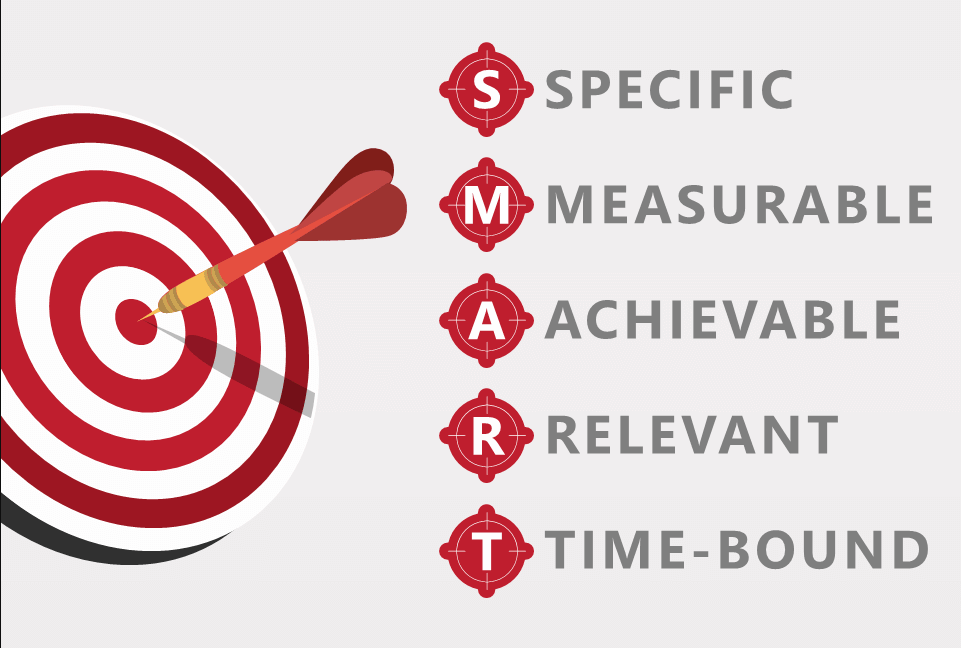How to set clear goals for software products?

Setting clear and well-defined goals is a fundamental step in the successful development and launch of software products. Whether it’s a mobile app, a web platform, or an enterprise software solution, having clear goals provides direction, purpose, and a roadmap for the development team to follow. In this article, we will explore a step-by-step approach to setting clear goals for software products.
1. Understand the Purpose of the Software Product
Before setting any goals, it’s crucial to have a deep understanding of the purpose and intended outcomes of the software product. Consider questions such as:
- What problem does the product solve for its target audience?
- What value does it provide to users or businesses?
- How does it differentiate itself from existing solutions in the market?
Having a clear understanding of the product’s purpose will help you define relevant and meaningful goals.
2. Involve Key Stakeholders
Involving key stakeholders early in the goal-setting process is essential for gaining diverse perspectives and ensuring alignment with the overall vision. Stakeholders may include customers, product managers, developers, marketers, and business leaders. Conduct workshops or meetings to gather insights and feedback to shape the goals collaboratively.
3. Utilize the SMART Criteria
The SMART criteria serve as a framework for setting clear and actionable goals. SMART stands for:
- Specific: Define goals precisely and avoid vague language. Clearly state what needs to be accomplished.
- Measurable: Set concrete metrics and indicators to measure progress and success. Quantifiable data makes it easier to track achievements.
- Achievable: Goals should be realistic and attainable within the given resources and constraints. Unrealistic goals can lead to disappointment and demotivation.
- Relevant: Ensure that the goals align with the overall purpose of the software product and contribute to its success.
- Time-bound: Set a deadline for each goal. Having a defined timeline creates a sense of urgency and helps in planning and prioritization.
4. Prioritize Goals
Not all goals are equally important, and it’s essential to prioritize them based on their impact and feasibility. Consider the resources available, the market demand, and the potential value each goal brings to the product. Create a roadmap that outlines the order in which goals will be pursued.
5. Break Down Complex Goals into Milestones
Some goals may be complex and challenging to achieve in one go. Breaking them down into smaller, achievable milestones can make them more manageable and provide a sense of progress along the way. Each milestone should contribute to the ultimate achievement of the larger goal.
6. Foster Flexibility and Adaptability
The software industry is dynamic, and unexpected challenges or opportunities may arise. It’s crucial to foster flexibility and adaptability in goal-setting. Be open to adjusting goals as needed based on changing market trends, user feedback, and technological advancements.
7. Communicate and Align
Clear communication is key to successful goal-setting. Ensure that all team members are aware of the established goals and understand their roles in achieving them. Regularly communicate progress, roadblocks, and any changes to keep everyone aligned.
8. Track Progress and Evaluate
Once goals are set, track progress regularly using key performance indicators (KPIs) and metrics. Evaluate achievements against the predefined criteria and assess whether the goals are being met. Use data-driven insights to make informed decisions and refine the goals if necessary.
9. Celebrate Achievements
Recognize and celebrate milestones and achievements. Acknowledging the efforts of the team and celebrating progress boosts motivation and morale, fostering a positive work environment.
10. Learn from Challenges
In the process of working towards goals, challenges and setbacks are inevitable. Embrace them as opportunities to learn and improve. Analyze the reasons behind any failures and use the insights to enhance future goal-setting processes.
Conclusion
Setting clear goals for software products is a strategic process that involves understanding the product’s purpose, involving key stakeholders, utilizing the SMART criteria, prioritizing goals, and fostering flexibility. Effective goal-setting provides direction, alignment, and motivation to the development team, paving the way for a successful and impactful software product.


